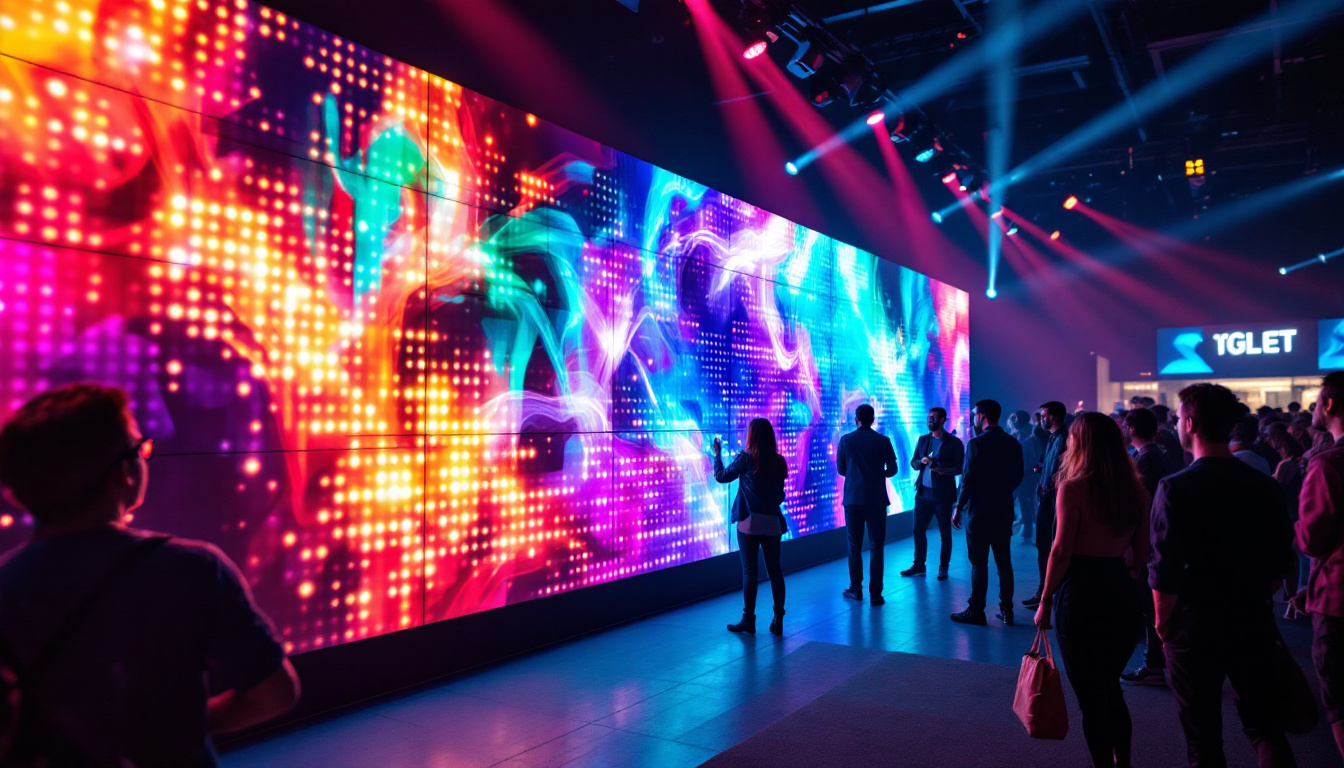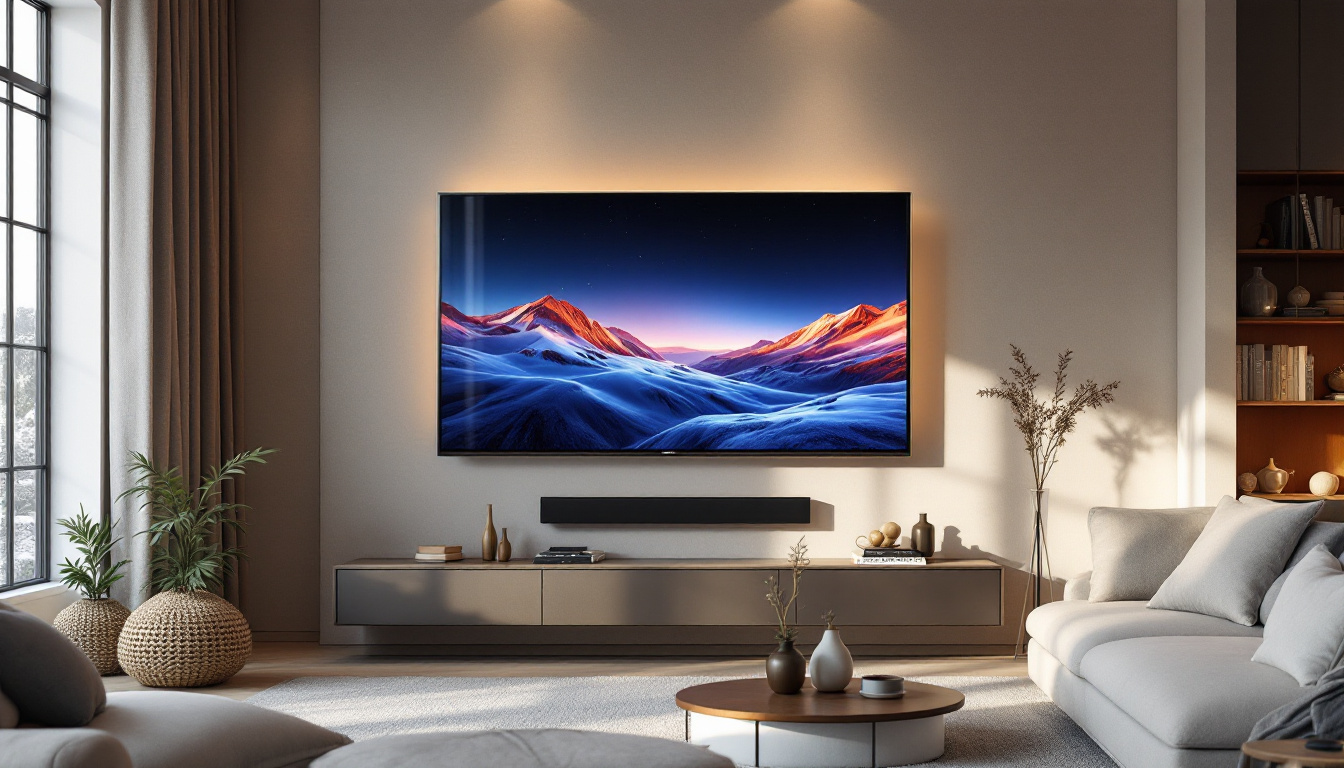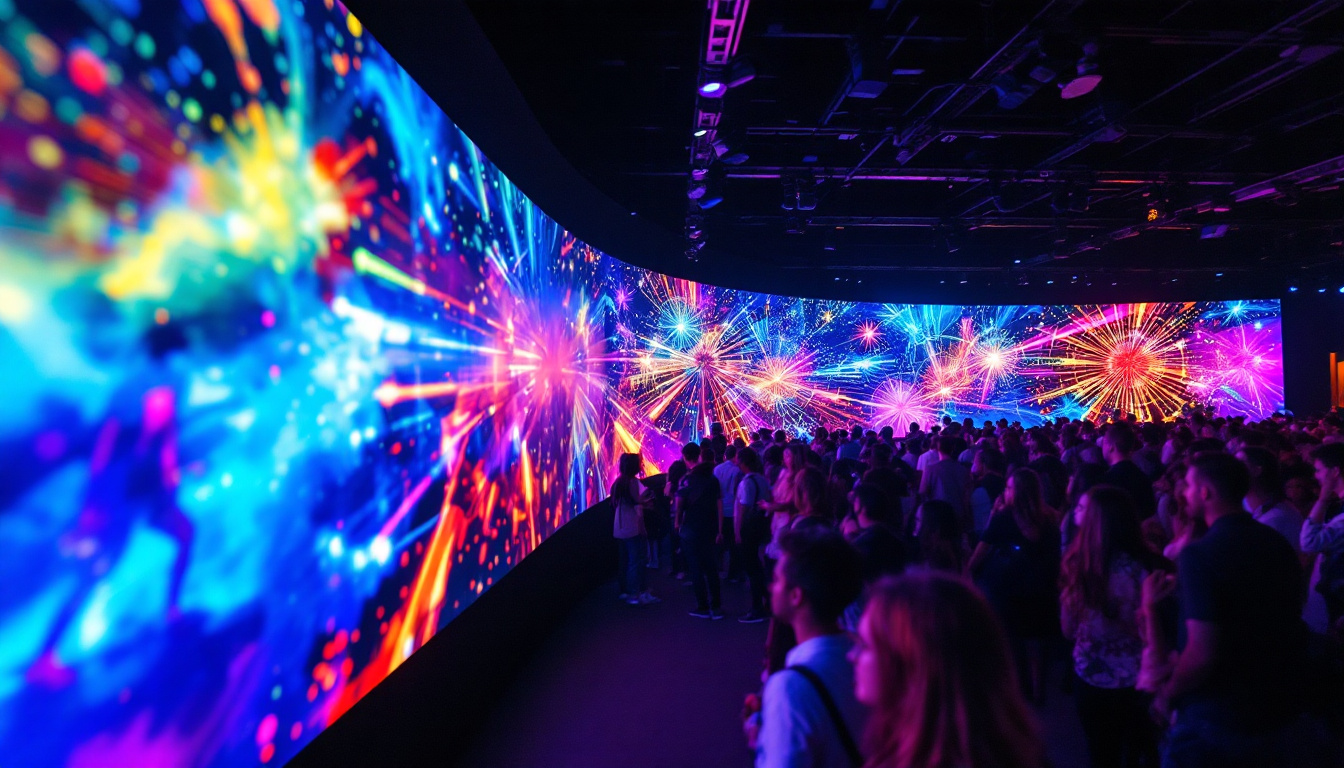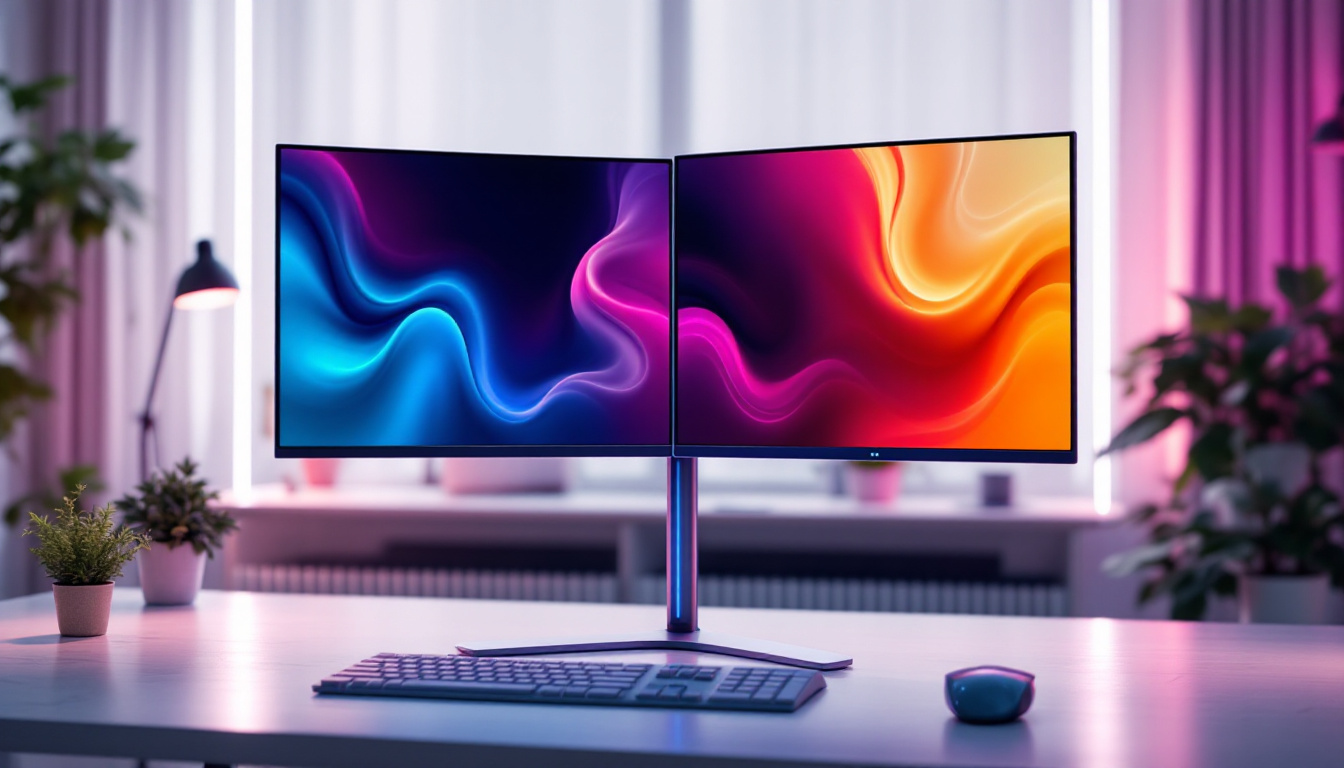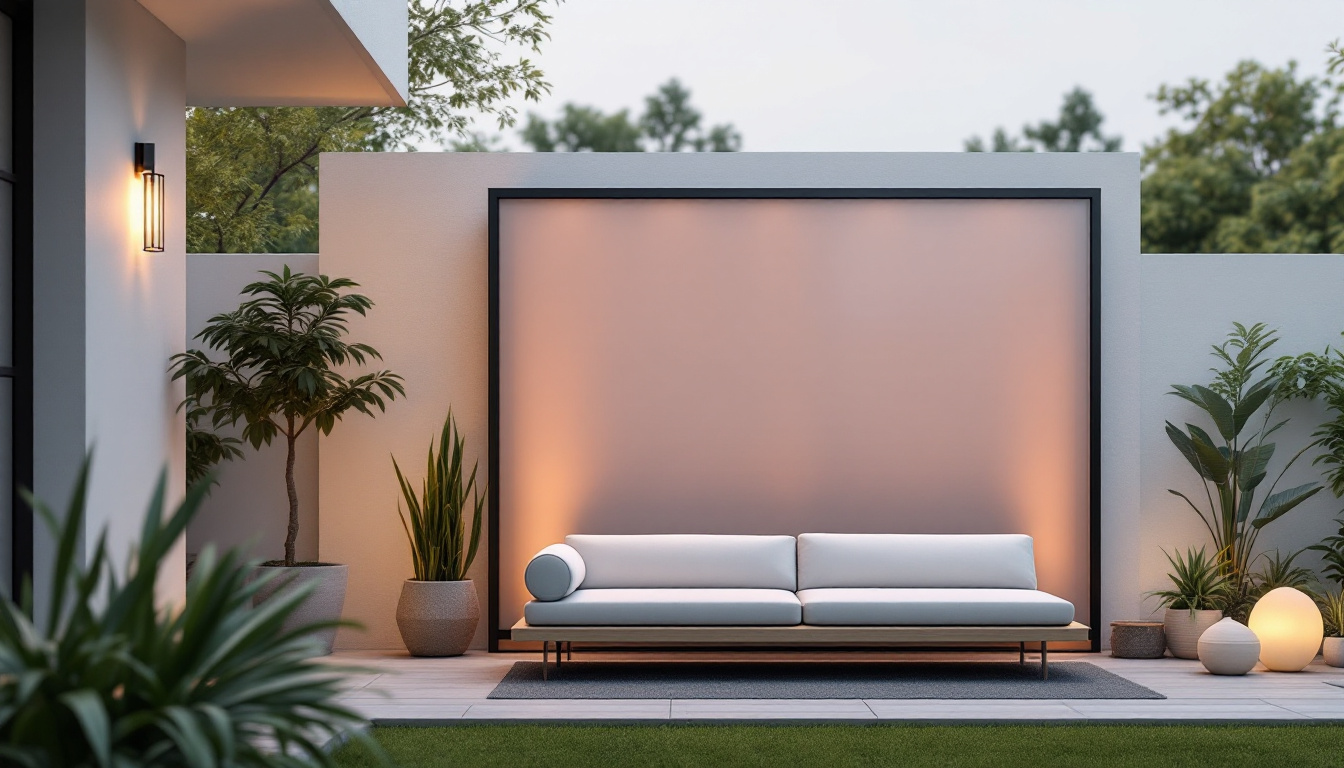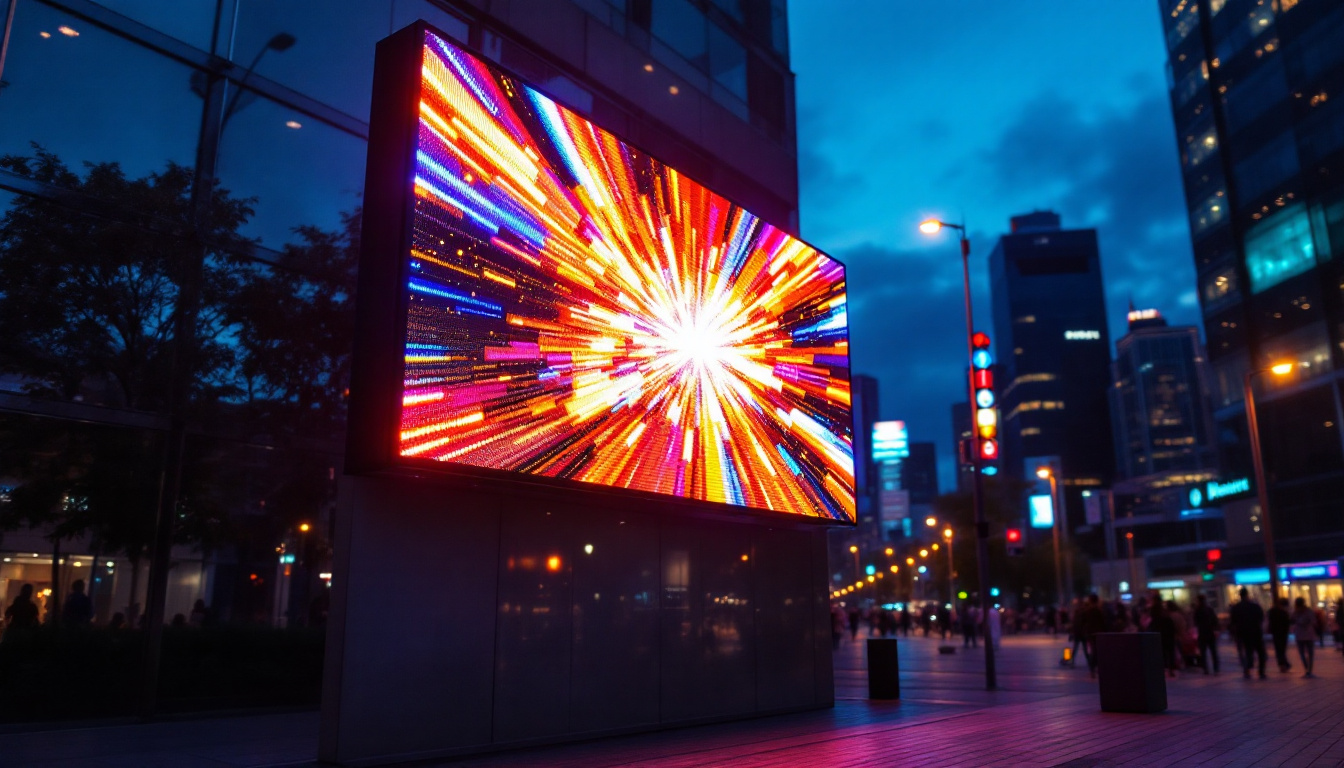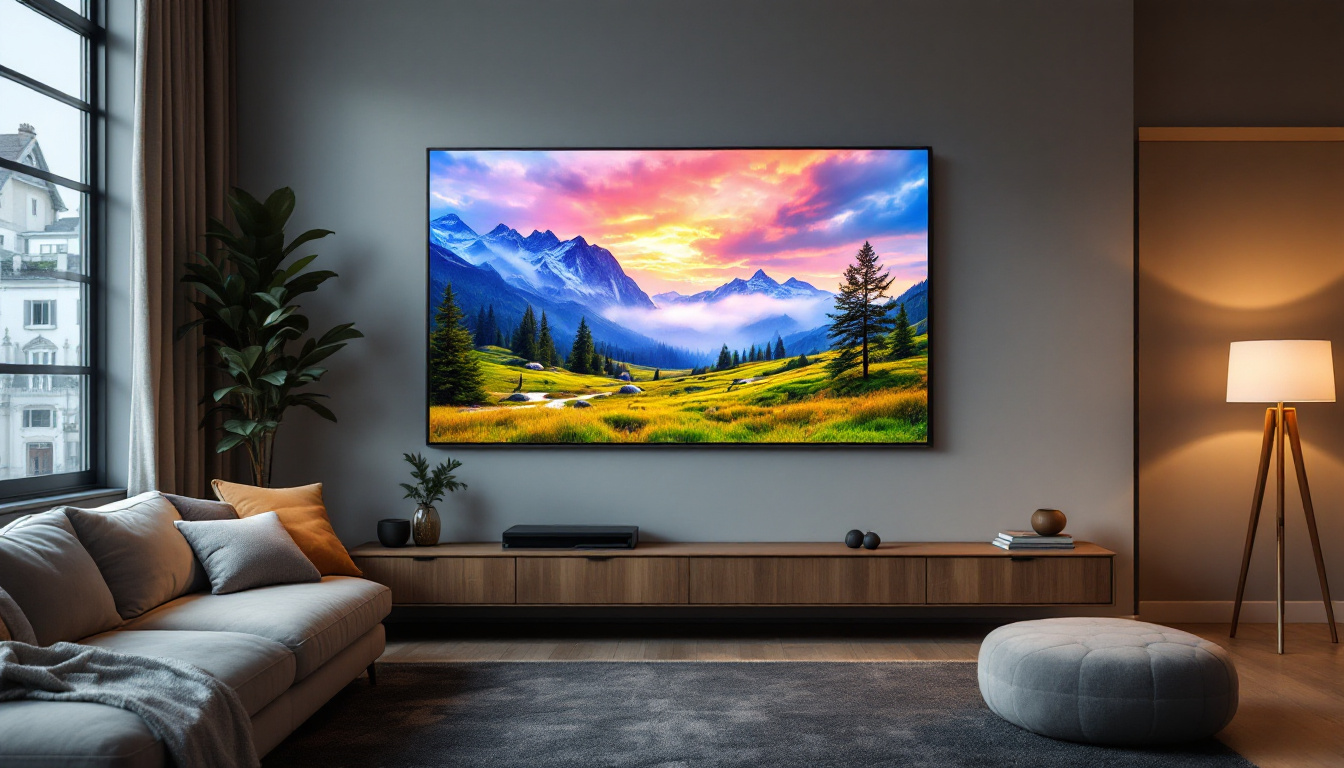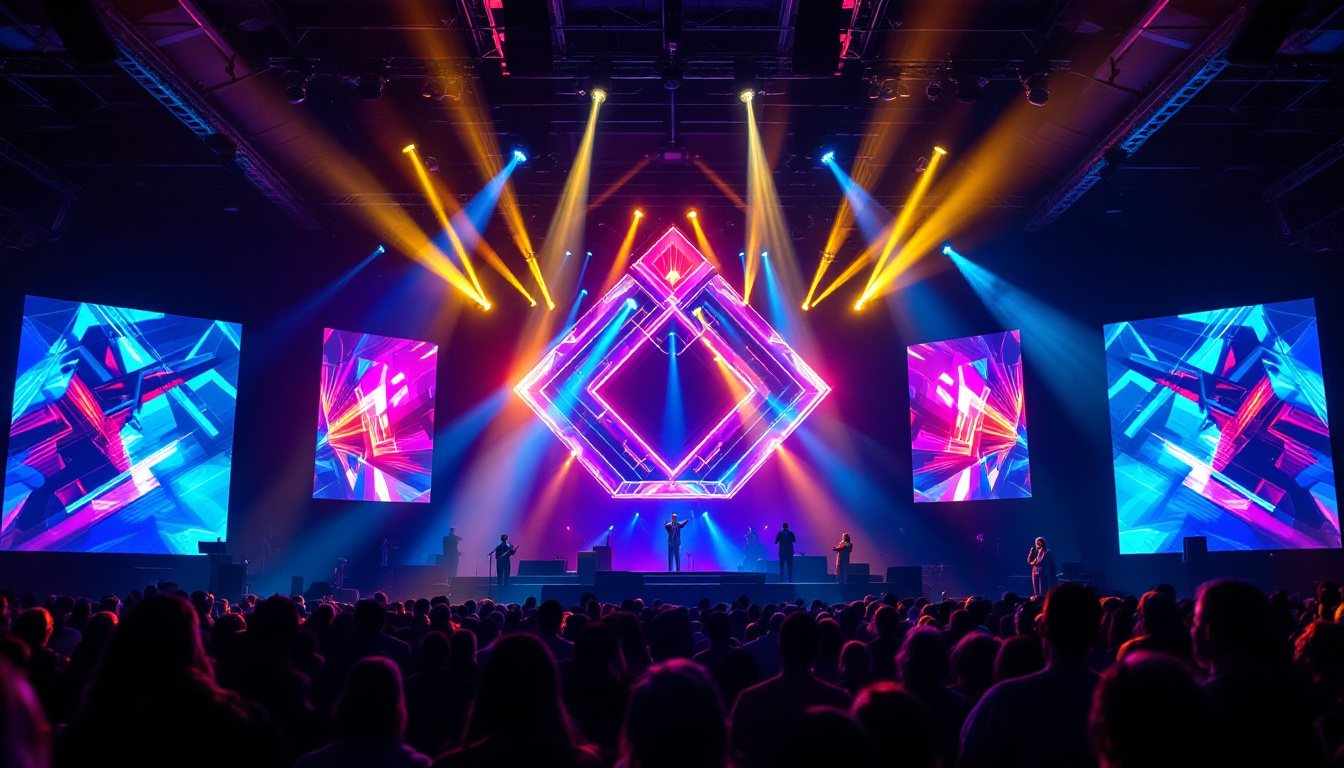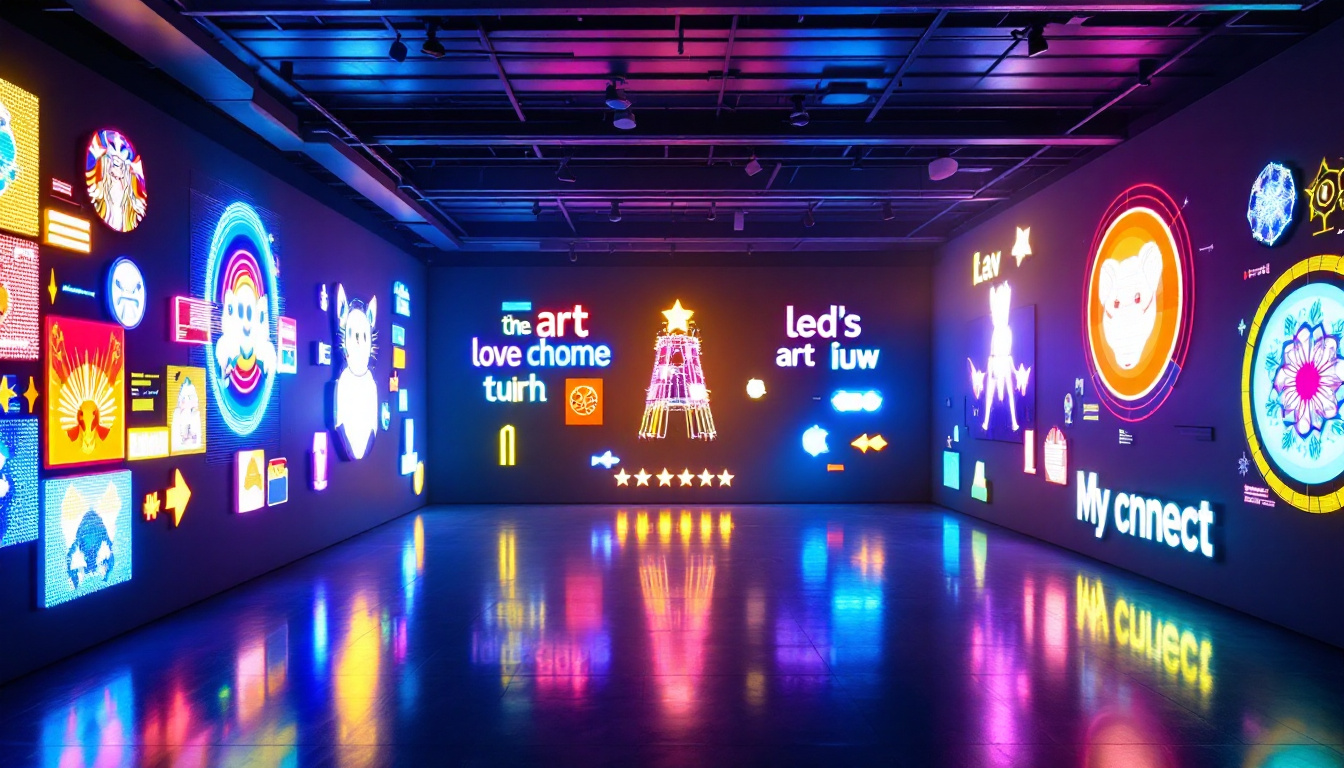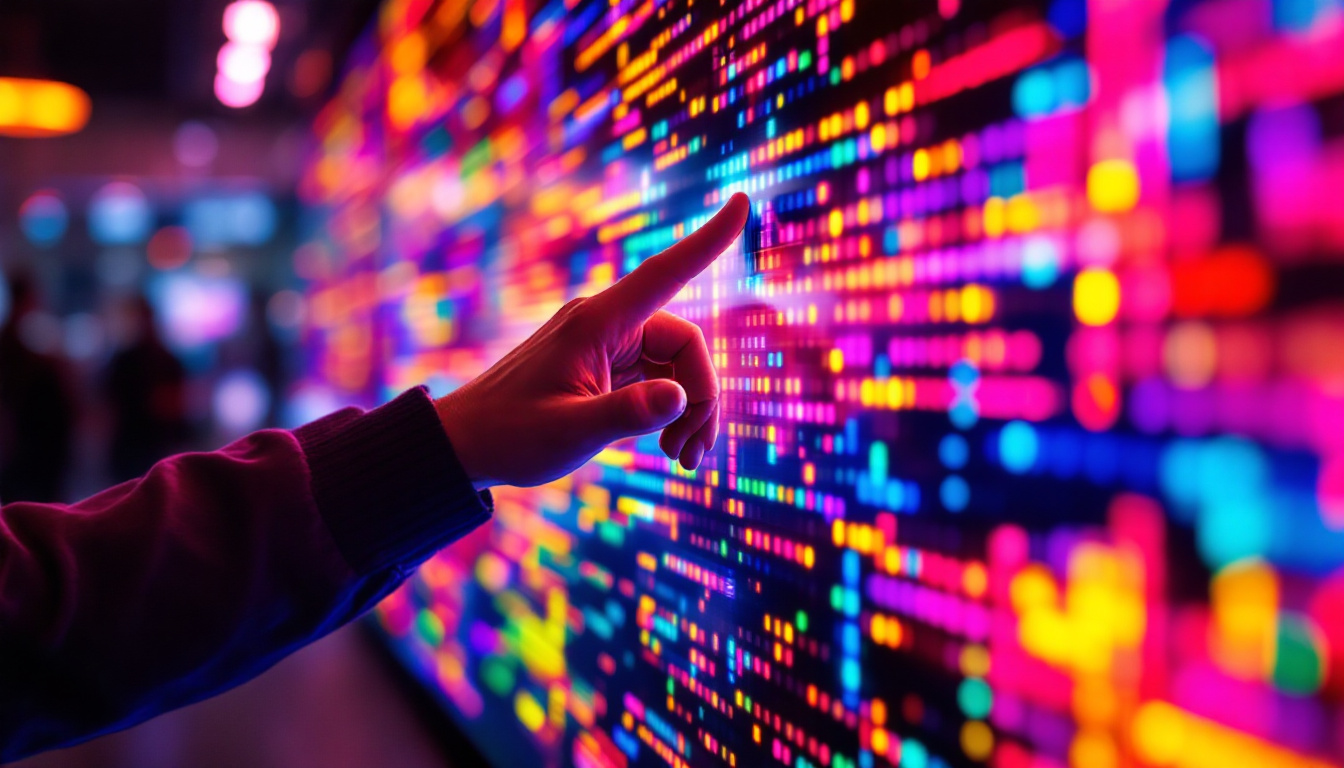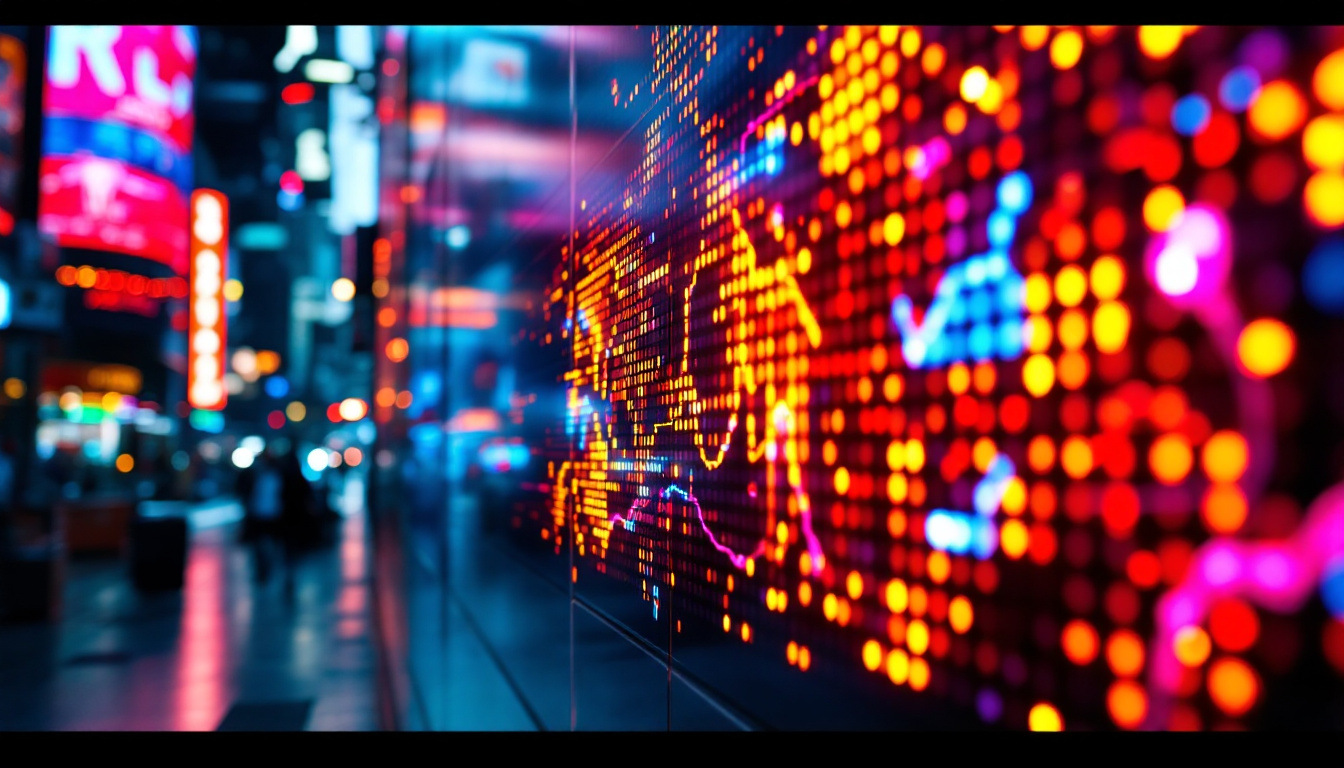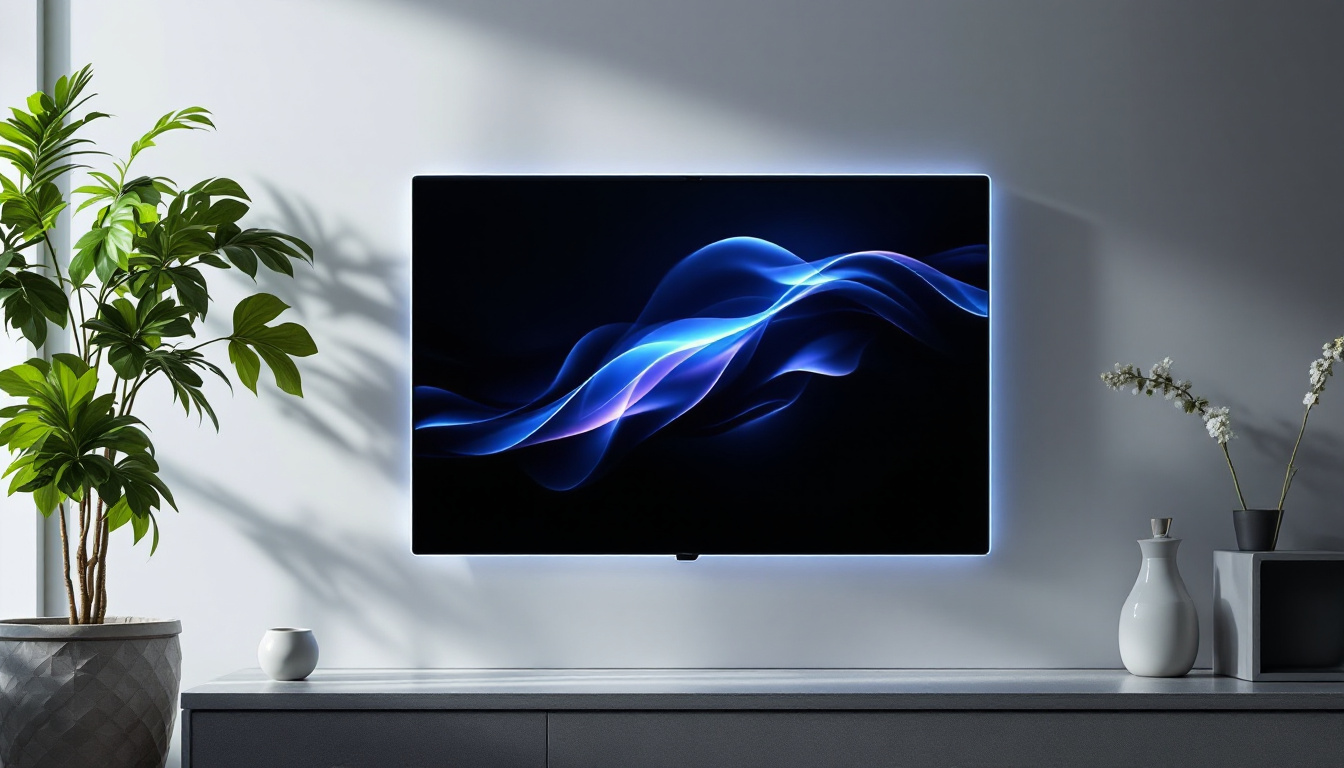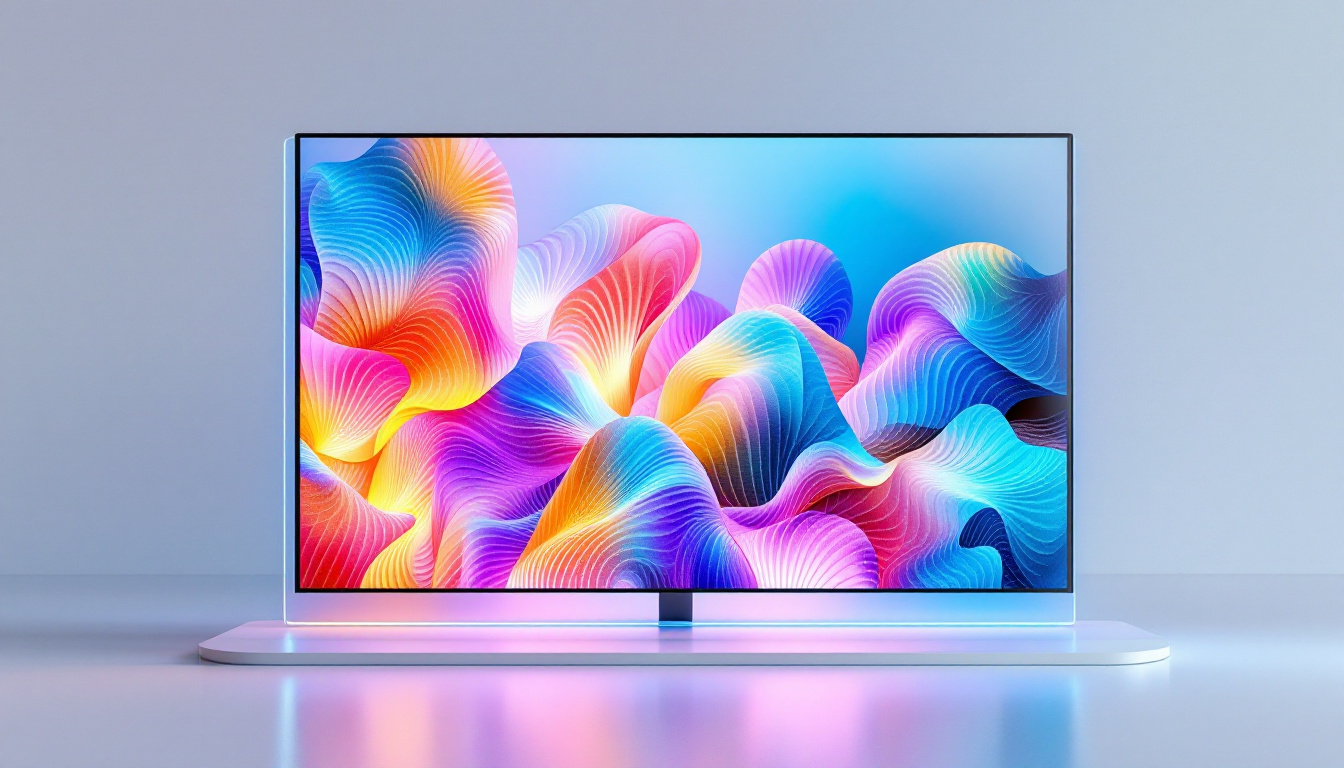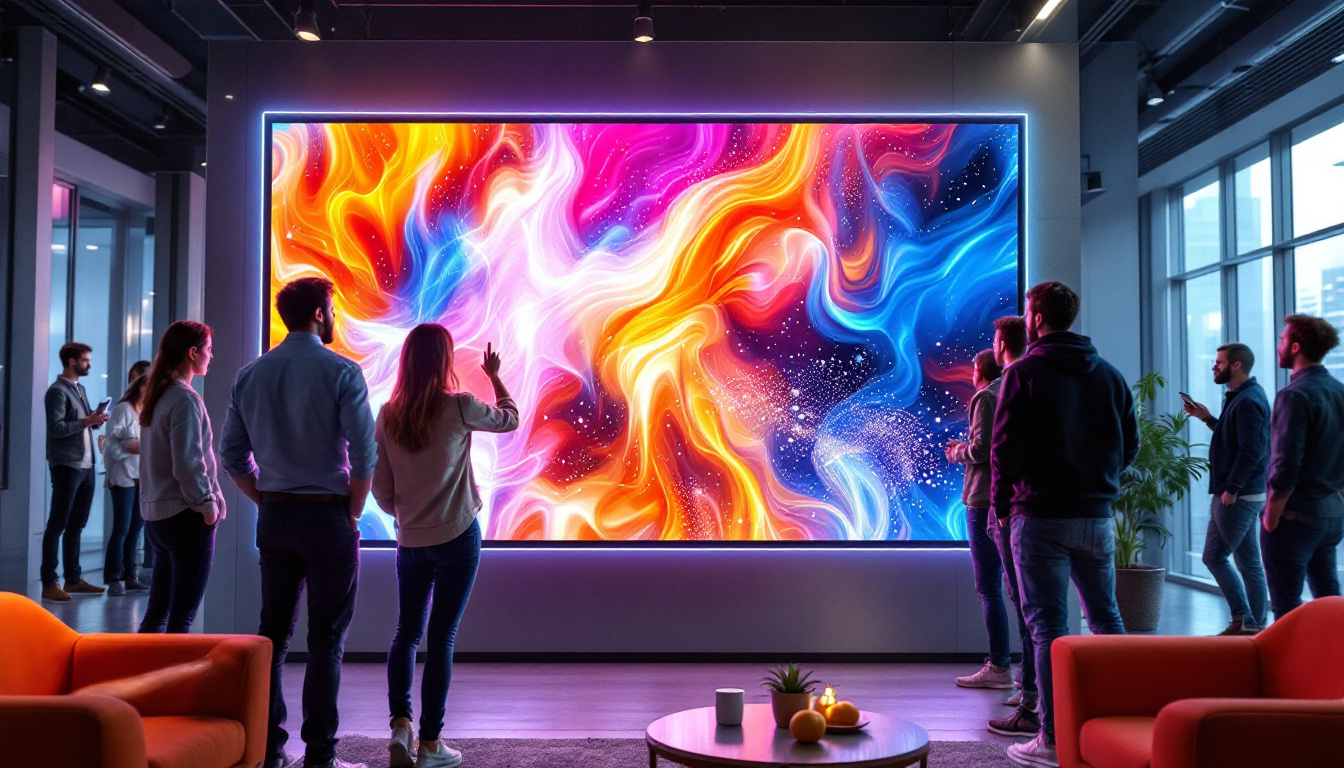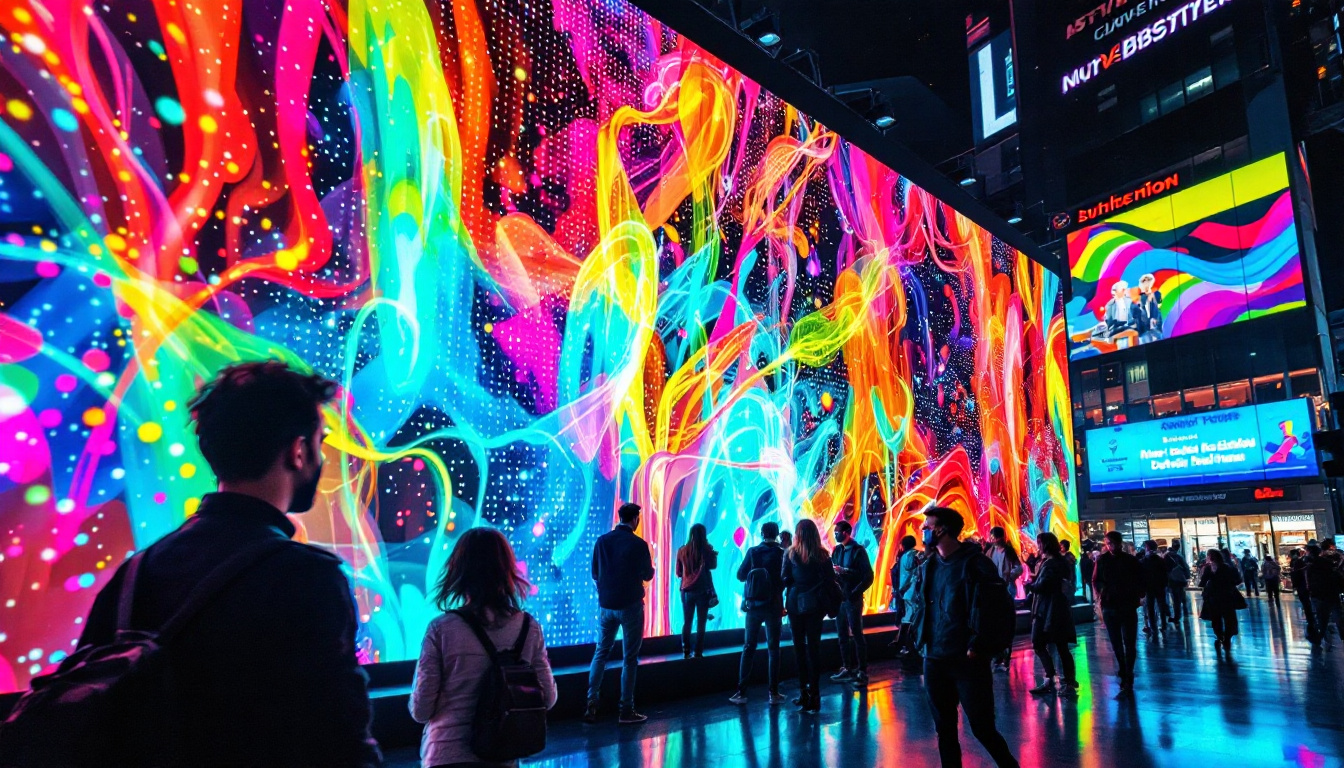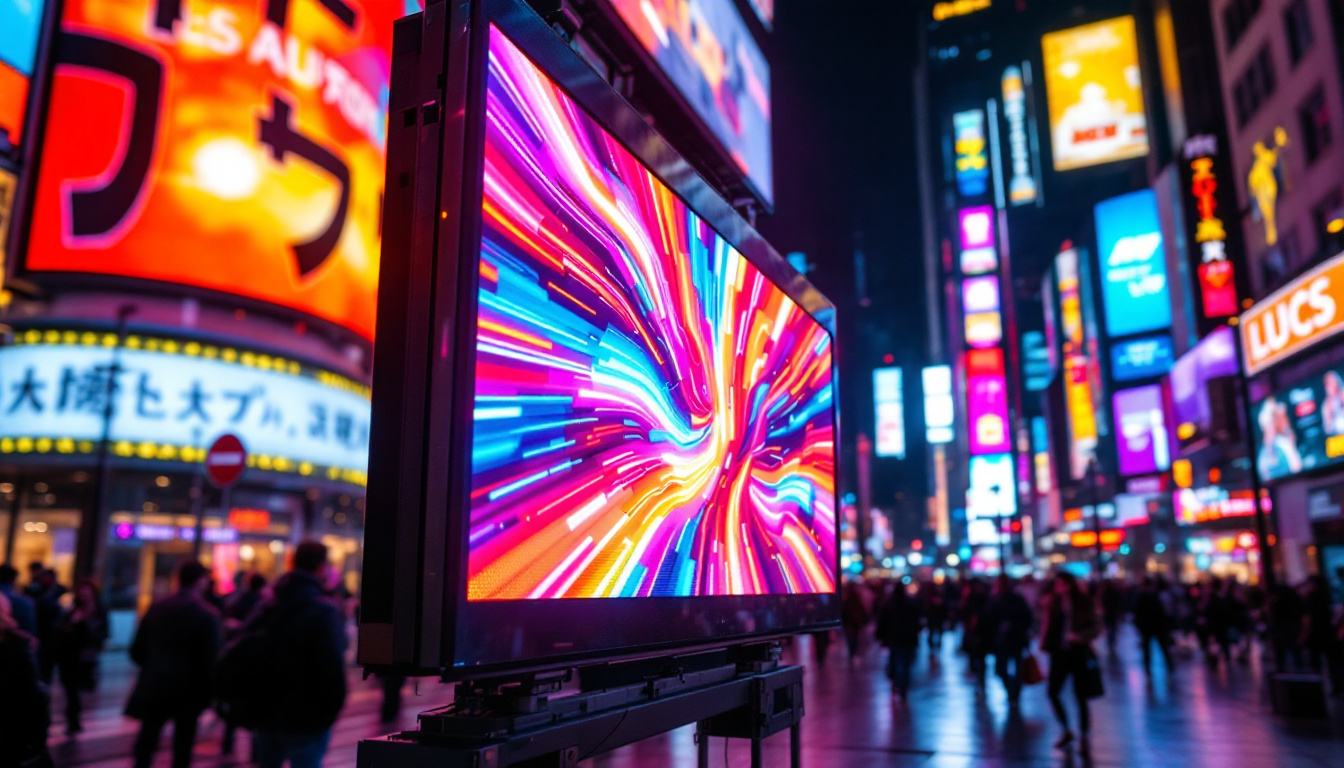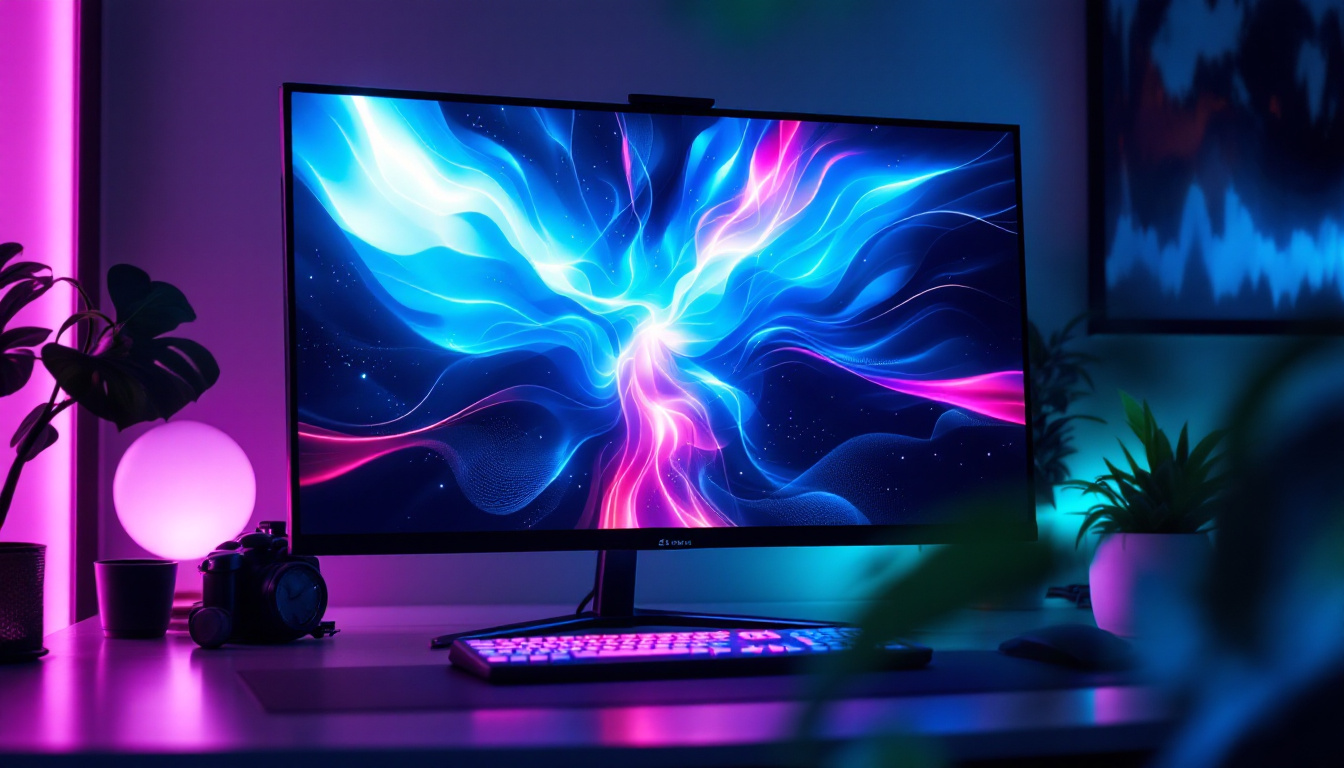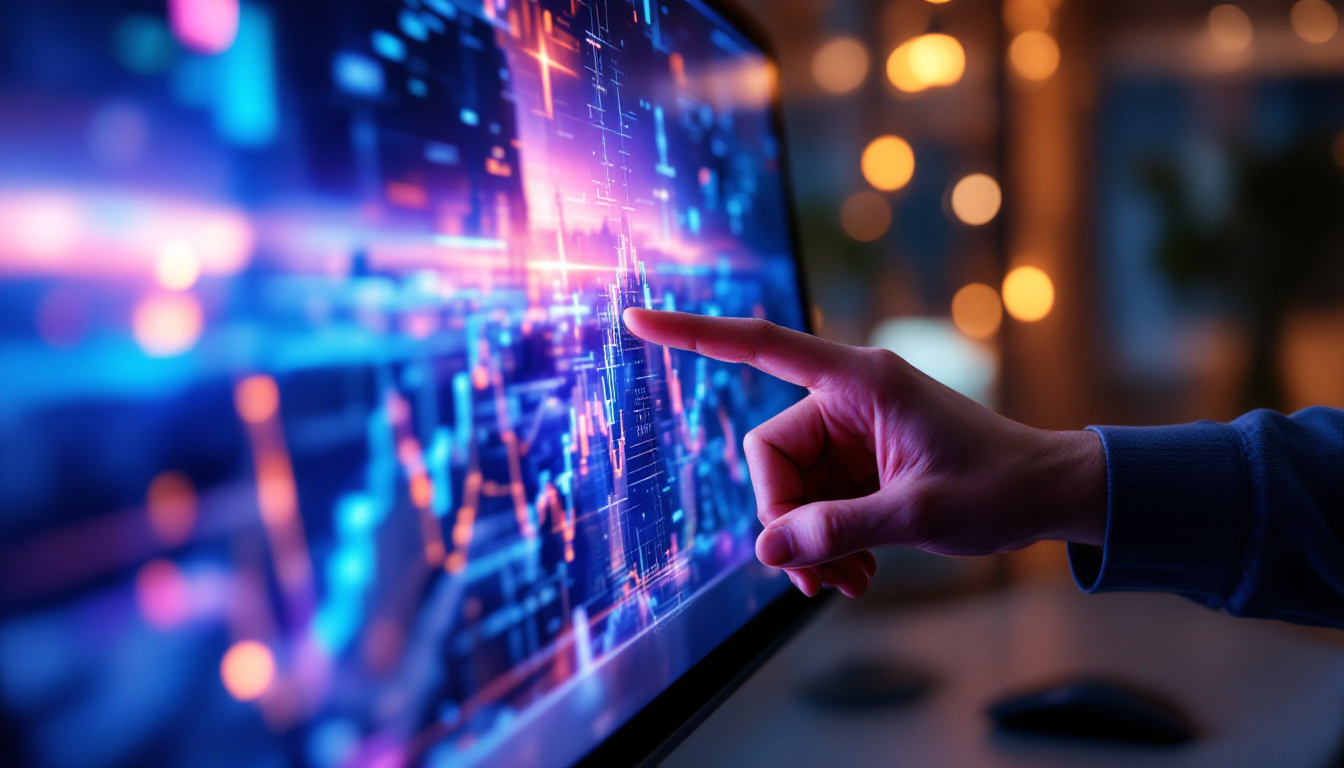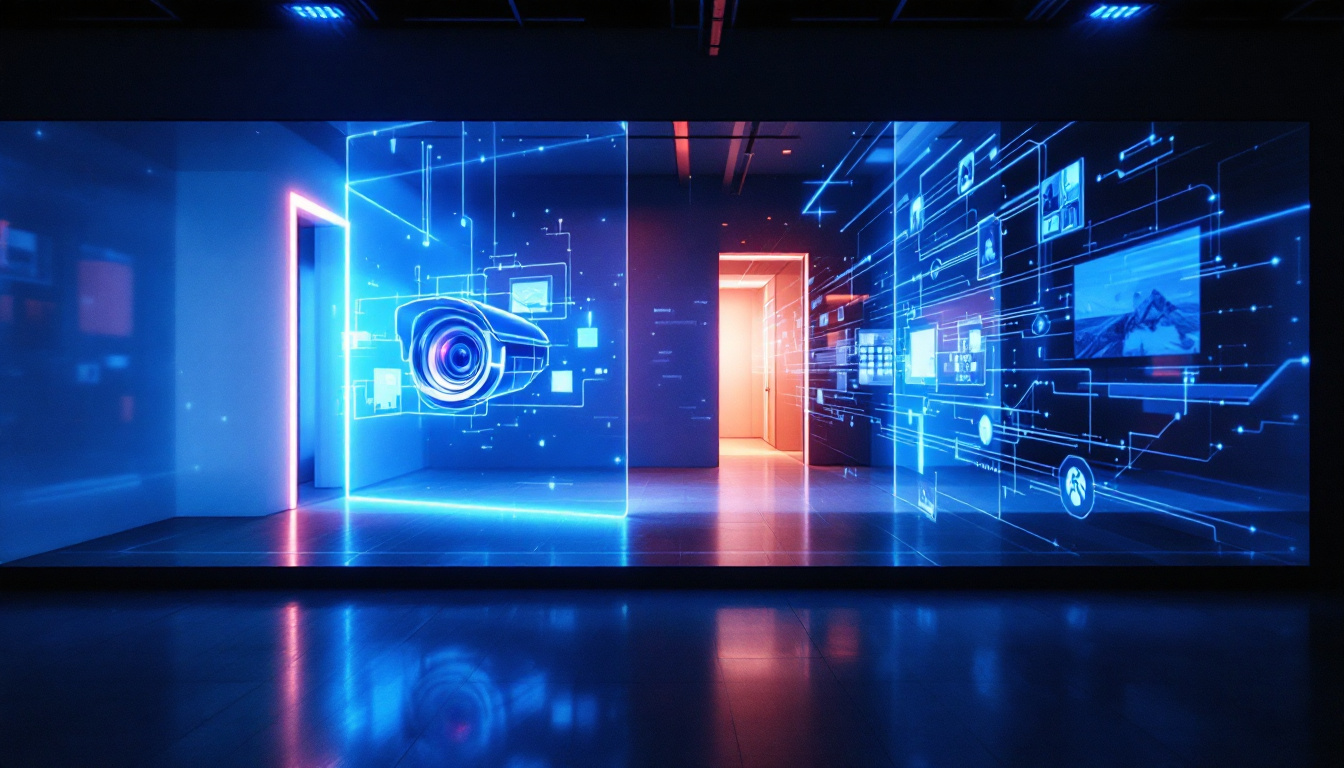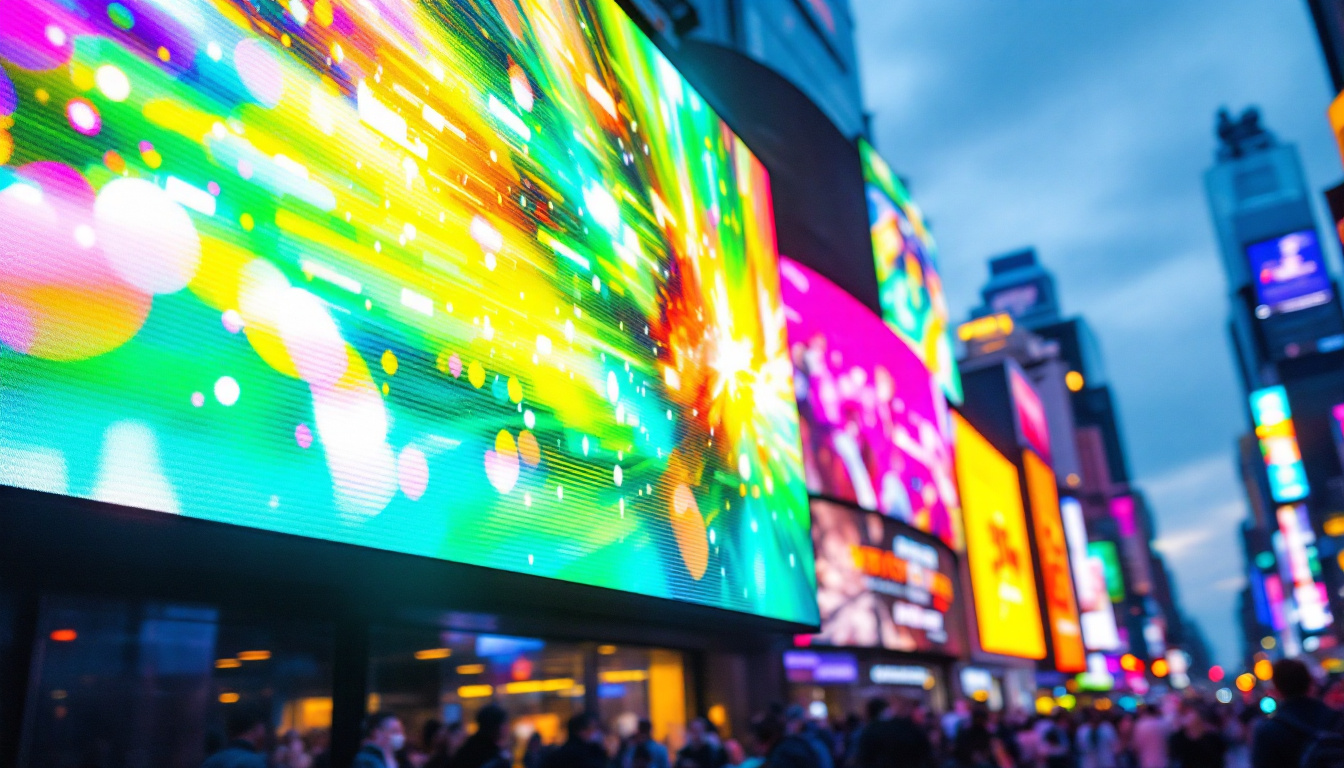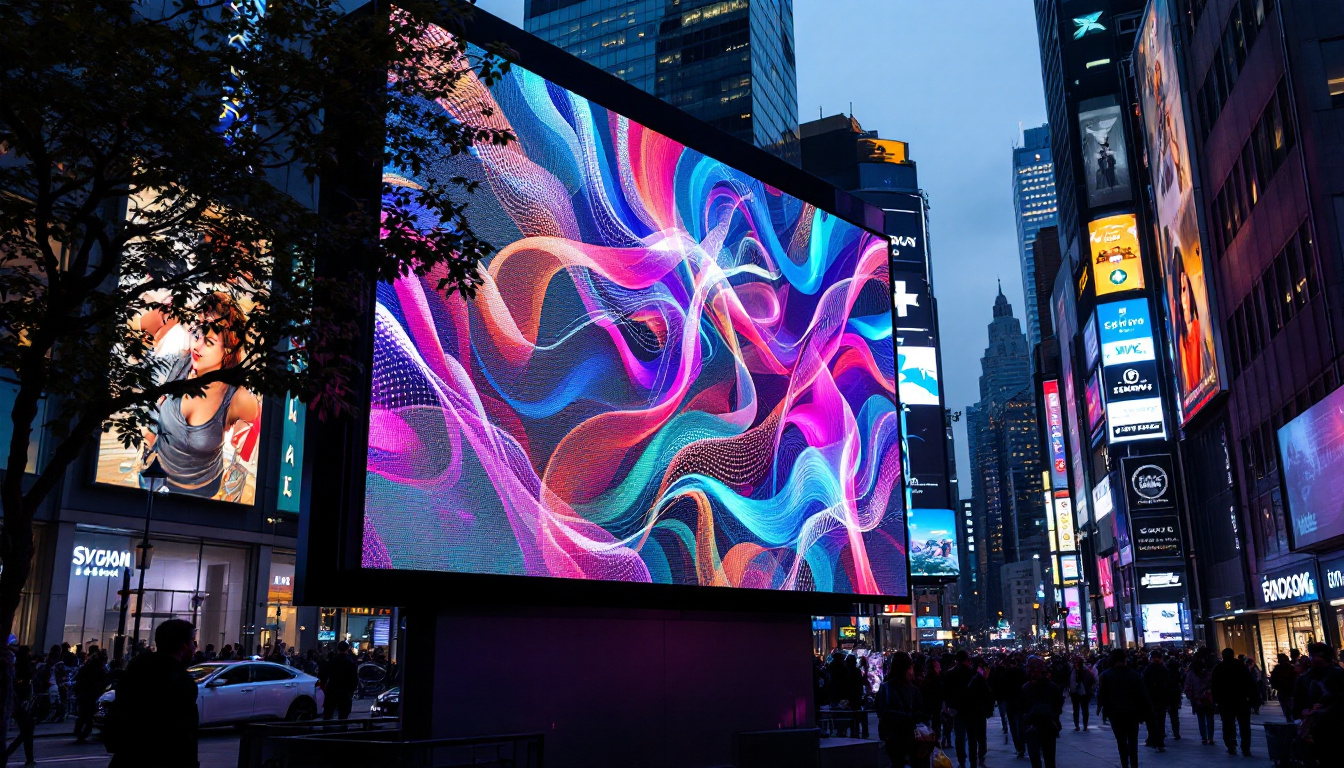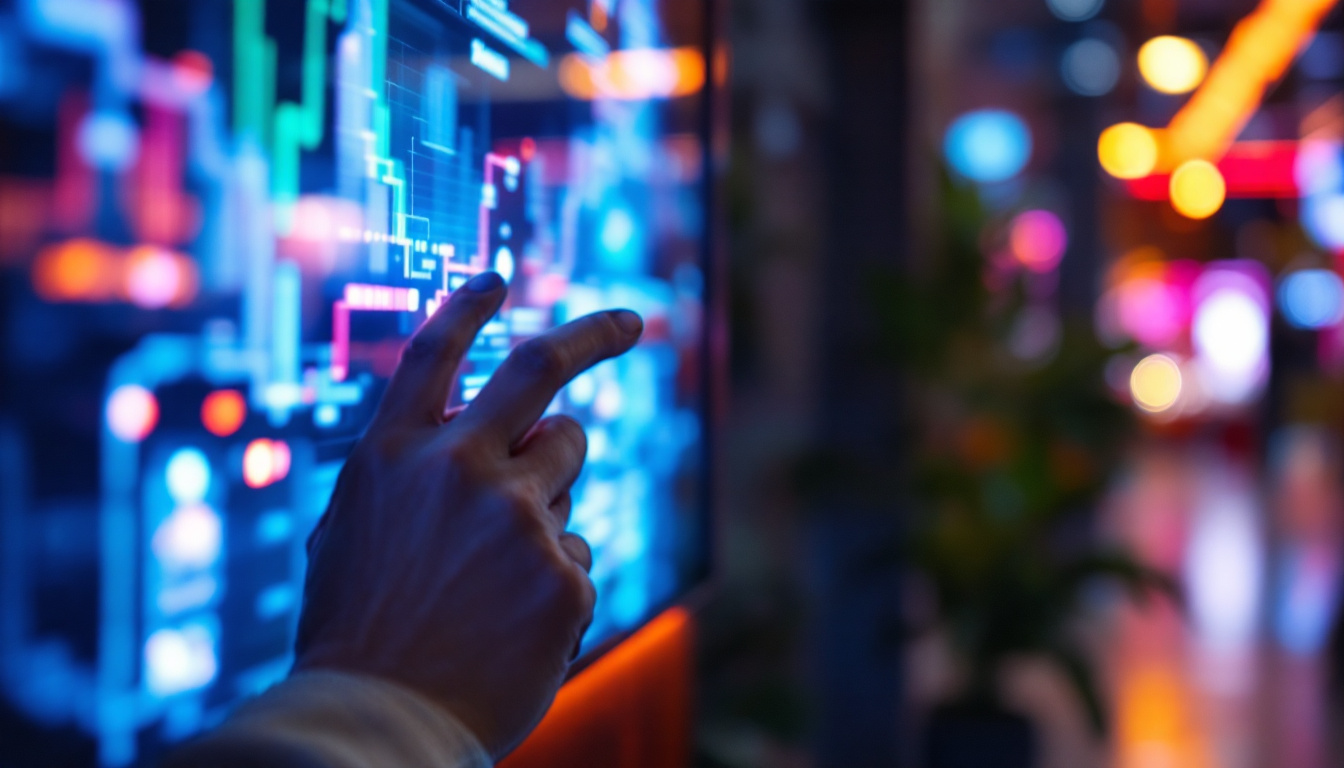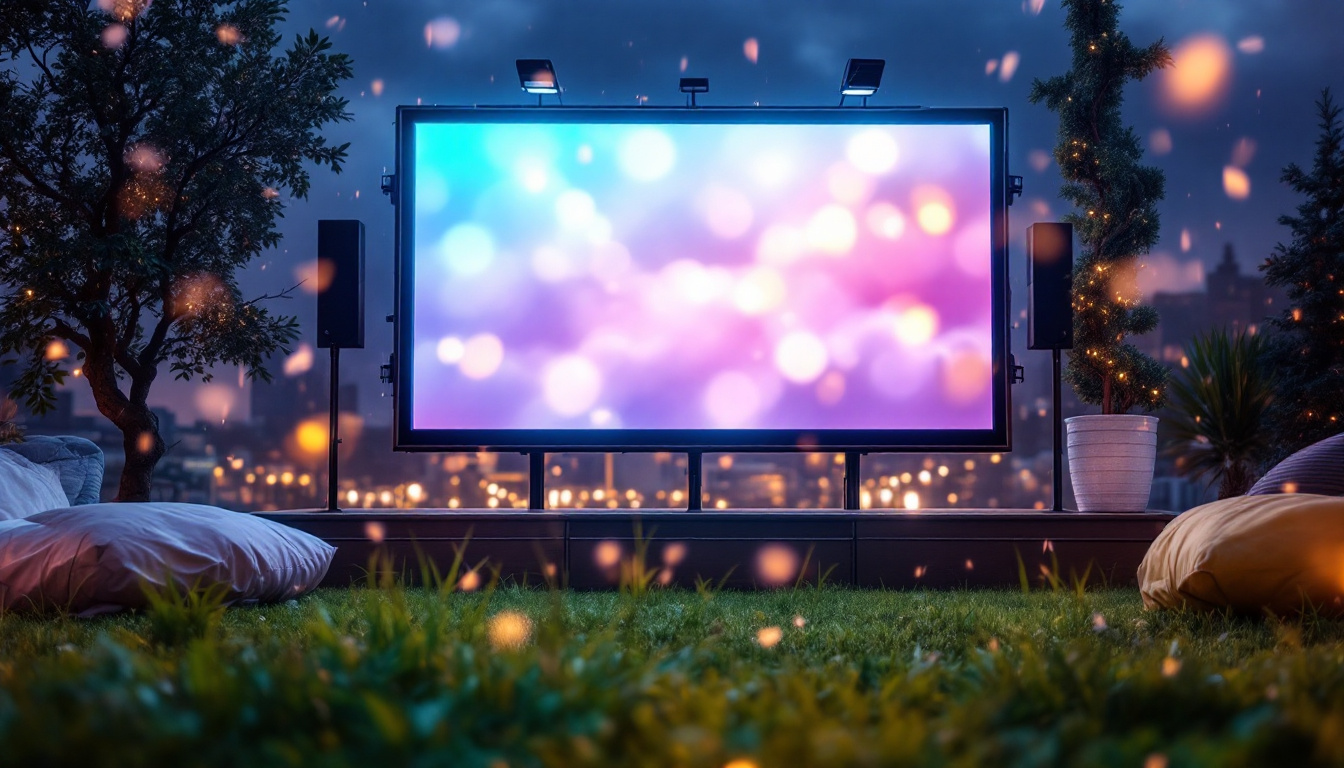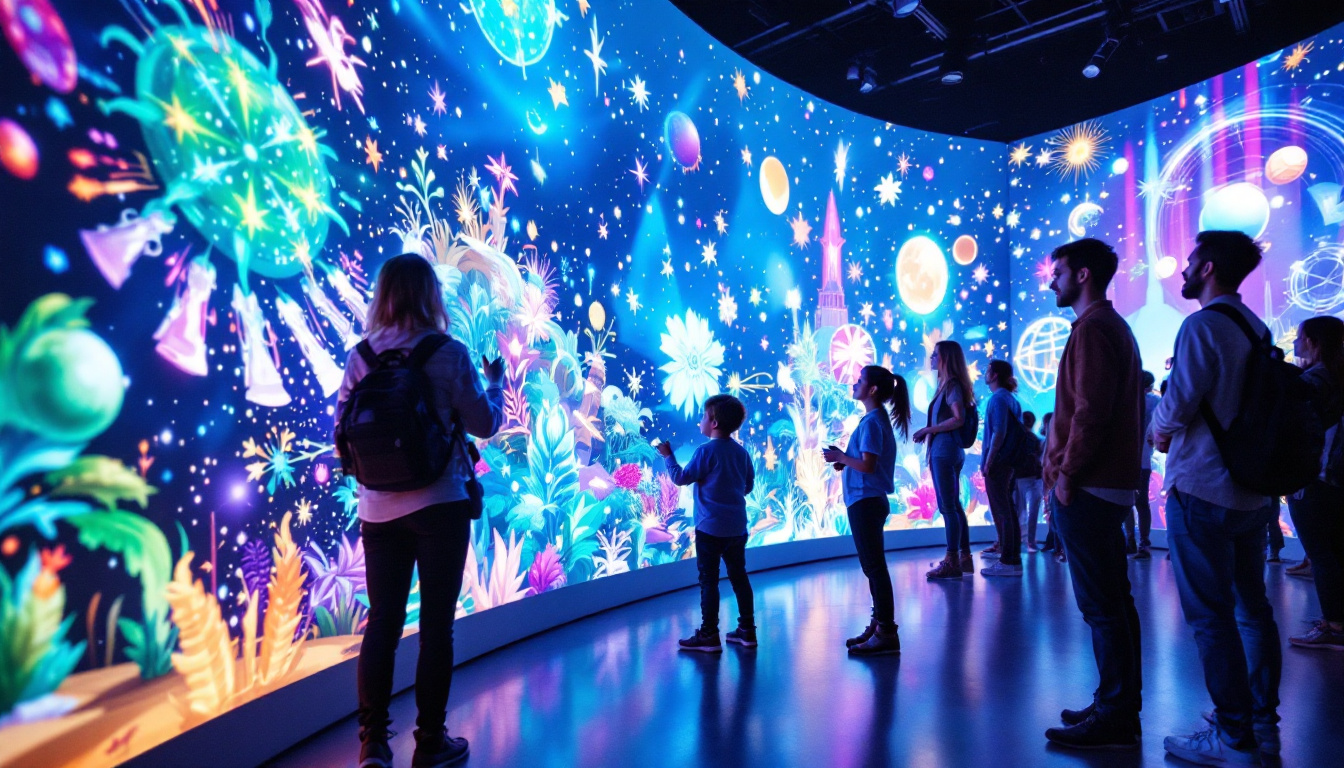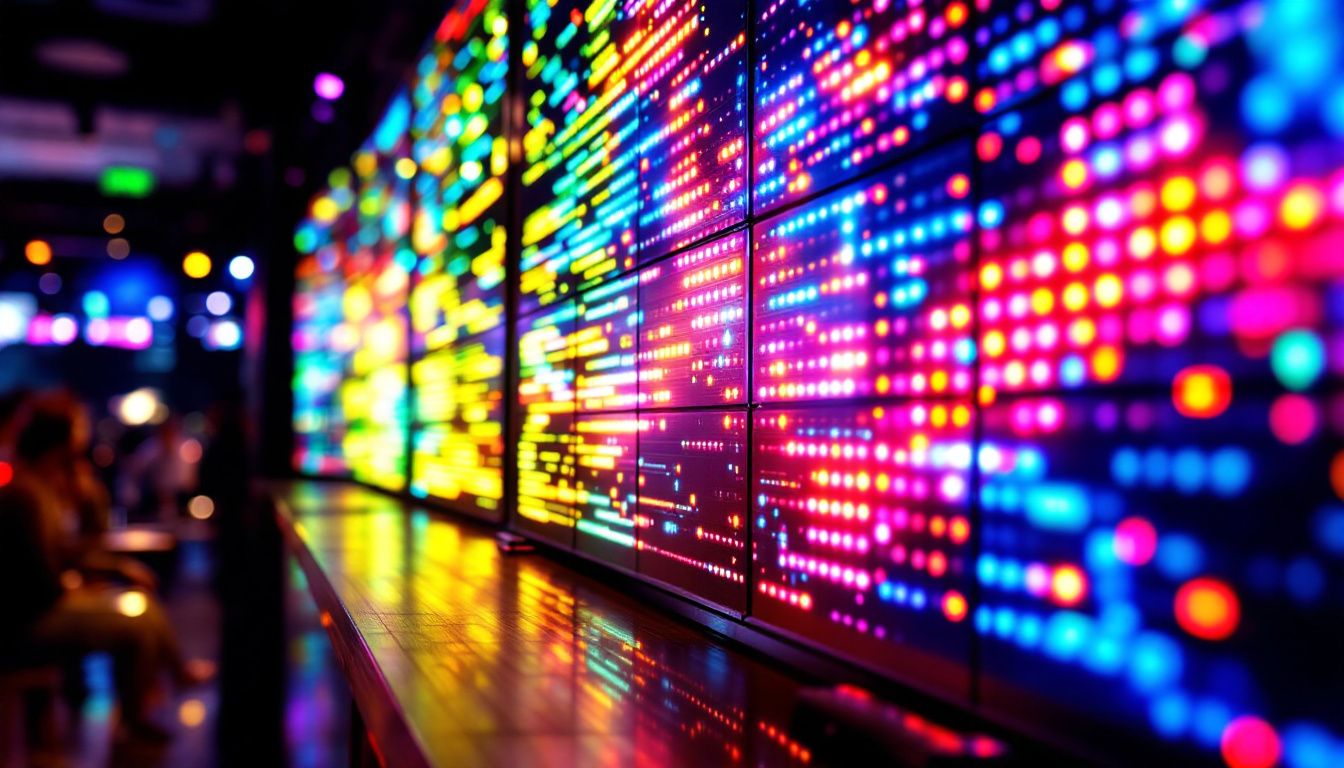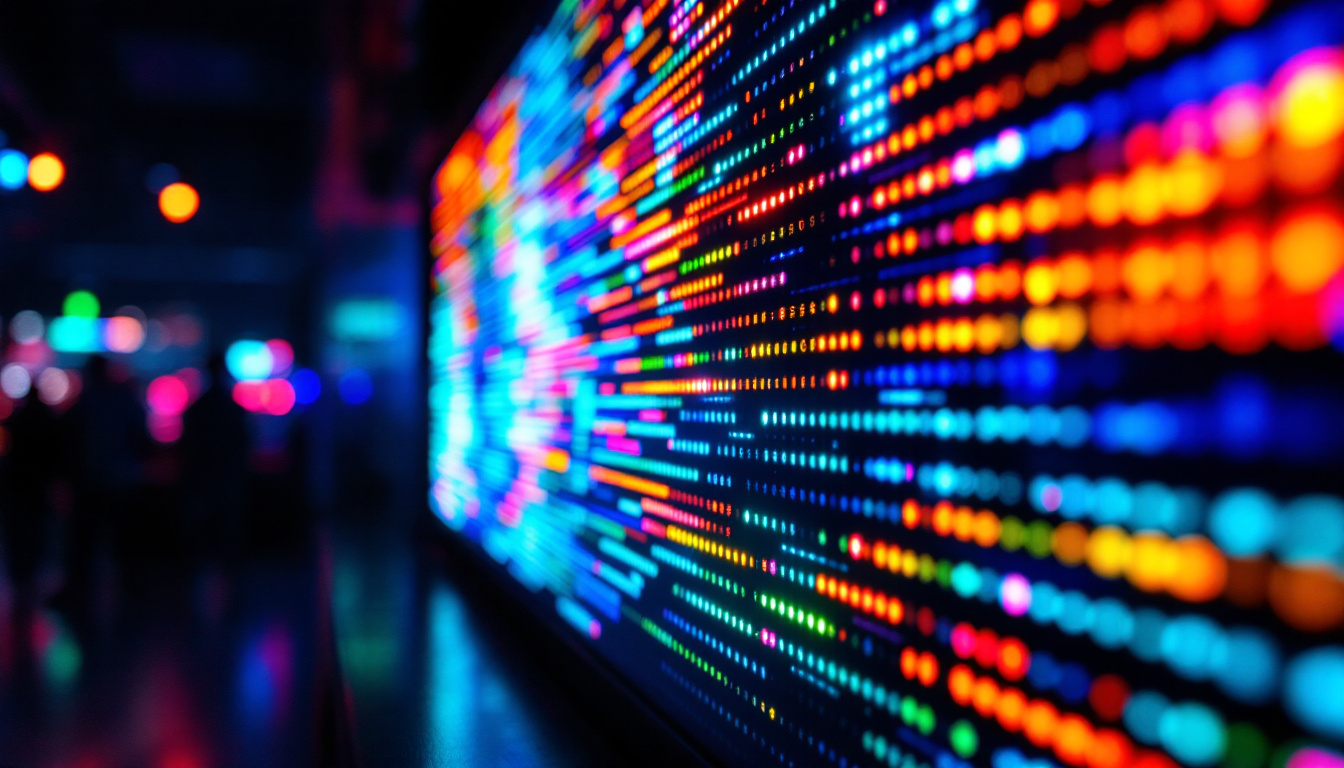In recent years, LED walls have emerged as a transformative technology in the realm of visual displays. From concerts and sports events to corporate presentations and retail environments, these vibrant screens have become a staple for captivating audiences. This article delves into the intricacies of LED displays, exploring their functionality, types, applications, and the future of this dynamic technology.
Understanding LED Technology
LED, or Light Emitting Diode, is a semiconductor device that emits light when an electric current passes through it. This technology forms the backbone of LED walls, enabling them to produce bright, high-quality images and videos. Unlike traditional display technologies, such as LCD or projection, LED displays offer superior brightness, contrast, and energy efficiency. The compact nature of LEDs allows for more versatile design options, making them suitable for a wide range of applications, from small screens in handheld devices to massive outdoor billboards.
How LED Displays Work
The fundamental principle behind LED displays lies in the arrangement of tiny LED modules. Each module consists of numerous individual LEDs that can emit different colors. By combining these colors—red, green, and blue (RGB)—the display can produce a wide spectrum of hues. The intensity of each LED can be adjusted, allowing for dynamic images and videos that can capture the viewer’s attention. This capability is particularly beneficial in environments where visual impact is crucial, such as concerts and advertising, where vivid colors and sharp contrasts can significantly enhance the viewer’s experience.
In addition to color mixing, LED displays utilize a technology called pixel mapping. Each pixel on the screen corresponds to a specific LED or group of LEDs. This allows for precise control over the displayed content, ensuring that images are sharp and vibrant, regardless of the viewing distance. Furthermore, advancements in LED technology have led to the development of high-density pixel configurations, which can produce ultra-high-definition visuals, making them ideal for applications that demand exceptional clarity, such as digital signage and immersive environments.
Types of LED Displays
LED displays come in various types, each designed for specific applications. The most common types include:
- Indoor LED Displays: These are typically used in venues such as theaters, conference rooms, and retail stores. They are designed for close viewing distances and offer high resolution for detailed images. Indoor displays often feature advanced color calibration technologies to ensure consistent color accuracy across the screen, enhancing the overall visual experience.
- Outdoor LED Displays: Built to withstand harsh weather conditions, outdoor LED displays are often used for billboards, sports arenas, and large-scale events. They feature higher brightness levels to ensure visibility even in direct sunlight. Additionally, many outdoor displays are equipped with protective coatings and robust housings to prevent damage from rain, dust, and extreme temperatures, ensuring longevity and reliable performance.
- Transparent LED Displays: These innovative displays allow for visibility through the screen while still showcasing content. They are commonly used in retail environments to create eye-catching window displays. The transparency of these displays opens up new possibilities for creative advertising, allowing brands to engage customers in unique ways while maintaining the aesthetic appeal of their storefronts.
Applications of LED Walls
The versatility of LED walls has led to their adoption across various sectors. Their ability to deliver high-quality visuals makes them ideal for a multitude of applications.
Entertainment and Events
In the entertainment industry, LED walls have revolutionized the way audiences experience live performances. Concerts, theater productions, and festivals utilize large LED screens to display stunning visuals, enhancing the overall atmosphere. These displays can be synchronized with music and lighting, creating an immersive experience for attendees.
Moreover, sports venues have adopted LED technology to engage fans. From instant replays to vibrant advertisements, LED walls play a crucial role in enhancing the spectator experience during games. The dynamic nature of these screens allows for real-time updates, player statistics, and even fan interactions through social media feeds displayed on the big screen, making every game a more interactive and engaging experience for the audience.
In addition to live events, LED walls are increasingly used in film and television production. They serve as backgrounds for scenes, providing a versatile and easily adjustable setting that can be changed in real-time. This technology not only saves time and resources in production but also allows for creative storytelling that captivates viewers.
Corporate and Commercial Use
In the corporate world, LED displays serve as powerful communication tools. Companies use them for presentations, trade shows, and internal communications. Their ability to display dynamic content allows businesses to convey messages effectively, capturing the attention of employees and clients alike.
Retailers have also embraced LED walls to create captivating shopping experiences. By showcasing promotions, product videos, and interactive content, these displays can drive customer engagement and increase sales. The strategic placement of LED screens within stores can guide customers through the shopping experience, highlighting special offers and new arrivals, which can lead to impulse purchases and enhanced customer satisfaction.
Additionally, LED walls are becoming a staple in corporate lobbies and conference rooms, where they can be used to display company branding, mission statements, or even live data feeds. This not only reinforces corporate identity but also creates a modern and tech-savvy image that can impress clients and visitors alike.
Public Spaces and Transportation
LED displays are increasingly common in public spaces, including airports, train stations, and shopping malls. They provide essential information, such as flight schedules and directions, while also serving as platforms for advertising. The bright and vibrant nature of LED technology ensures that messages are communicated effectively in bustling environments.
In urban settings, LED walls can also play a role in public art installations, transforming cityscapes into vibrant canvases that reflect local culture and community events. These installations can be programmed to change throughout the day, offering a dynamic visual experience that engages passersby and enhances the aesthetic appeal of public spaces.
Furthermore, as cities evolve to become smarter and more connected, LED displays are being integrated into smart transportation systems. They can provide real-time updates on transit schedules, traffic conditions, and even emergency alerts, ensuring that citizens stay informed and safe in their daily commutes. This integration of technology into public infrastructure highlights the growing importance of LED walls in enhancing urban life.
Advantages of LED Walls
The growing popularity of LED walls can be attributed to several advantages they offer over traditional display technologies. Understanding these benefits is essential for businesses and organizations considering an investment in LED technology.
High Brightness and Clarity
One of the standout features of LED displays is their exceptional brightness. This capability allows them to remain visible in various lighting conditions, making them suitable for both indoor and outdoor applications. The clarity of images displayed on LED walls is also superior, ensuring that content is sharp and engaging.
Energy Efficiency
LED technology is known for its energy efficiency. Compared to traditional display technologies, LED walls consume significantly less power while delivering superior performance. This not only reduces operational costs but also contributes to a more sustainable approach to visual displays.
Durability and Longevity
LED displays are built to last. Their robust construction makes them resistant to damage from environmental factors, such as moisture and temperature fluctuations. Additionally, LED technology has a longer lifespan compared to other display types, resulting in lower maintenance costs over time.
Challenges and Considerations
While LED walls offer numerous advantages, there are also challenges and considerations to keep in mind when implementing this technology.
Initial Investment Costs
The initial cost of purchasing and installing LED walls can be significant. Businesses must weigh this investment against the potential benefits and return on investment. However, it is essential to consider the long-term savings associated with energy efficiency and reduced maintenance costs.
Technical Expertise
Operating and maintaining LED displays requires a certain level of technical expertise. Organizations may need to invest in training staff or hiring specialists to ensure the displays function optimally. This consideration is crucial, especially for large-scale installations.
Content Management
Effective content management is vital for maximizing the impact of LED walls. Organizations must develop a strategy for creating and updating content regularly. This can involve the use of content management systems and software to ensure that displays remain fresh and engaging.
The Future of LED Walls
The future of LED walls looks promising, with ongoing advancements in technology and design. As the demand for high-quality visual displays continues to grow, several trends are emerging in the industry.
Advancements in Resolution
As technology evolves, the resolution of LED displays is expected to improve significantly. Higher pixel densities will allow for even sharper images, making LED walls suitable for a broader range of applications, including those requiring ultra-high-definition visuals.
Integration with Smart Technology
The integration of LED walls with smart technology is another trend on the horizon. As the Internet of Things (IoT) continues to expand, LED displays may become interconnected with various devices and systems. This could enable real-time content updates and more interactive experiences for viewers.
Eco-Friendly Innovations
With growing awareness of environmental issues, the LED industry is moving towards more sustainable practices. Innovations in materials and manufacturing processes aim to reduce the carbon footprint of LED displays. Future developments may include recyclable components and energy-efficient technologies that further enhance the sustainability of LED walls.
Conclusion
LED walls have transformed the landscape of visual displays, offering unparalleled brightness, clarity, and versatility. Their applications span various industries, from entertainment to corporate environments, making them an invaluable tool for engaging audiences. While there are challenges associated with their implementation, the benefits often outweigh the drawbacks, especially when considering the long-term savings and impact.
As technology continues to advance, the future of LED walls promises even greater innovations, paving the way for more immersive and interactive experiences. For businesses and organizations looking to captivate their audiences, investing in LED display technology may very well be a step towards staying ahead in an increasingly visual world.
Discover LumenMatrix LED Display Solutions
Ready to elevate your visual display capabilities? LumenMatrix is at the forefront of LED display innovation, offering a comprehensive range of solutions tailored to your needs. Whether you’re looking for Indoor LED Wall Displays for your corporate events, vibrant Outdoor LED Wall Displays for advertising, or any of our specialized solutions like Vehicle, Sports, or Floor LED Displays, we have the technology to transform your space. Embrace the future of visual communication with our Custom, All-in-One, and LED Transparent Displays. Experience the difference in clarity, engagement, and brand visibility with LumenMatrix. Check out LumenMatrix LED Display Solutions today and start creating unforgettable visual experiences.

